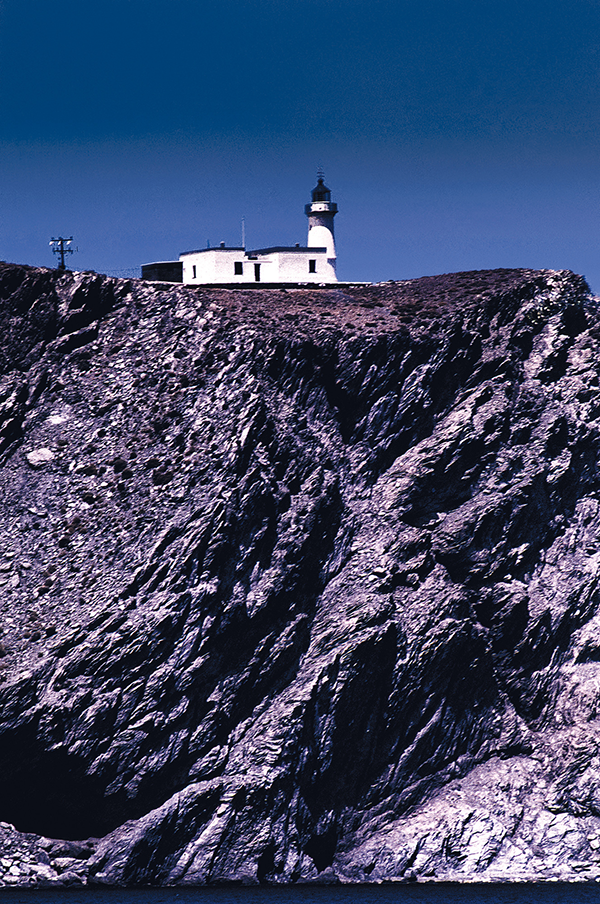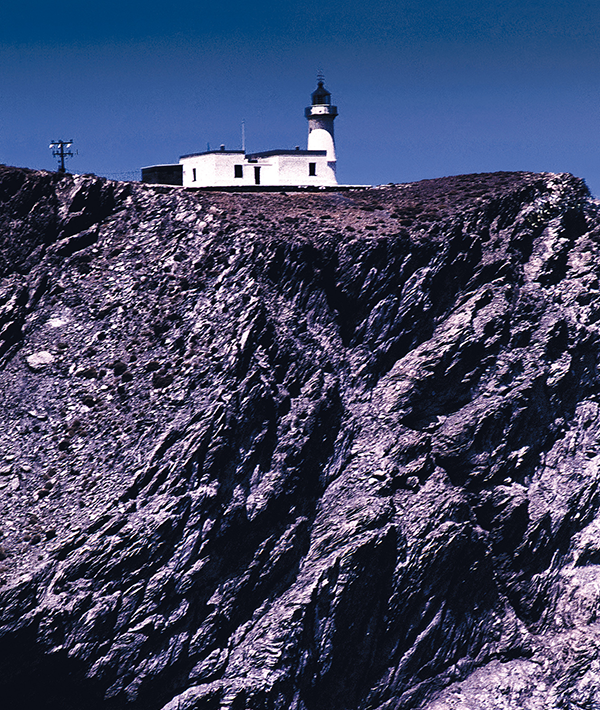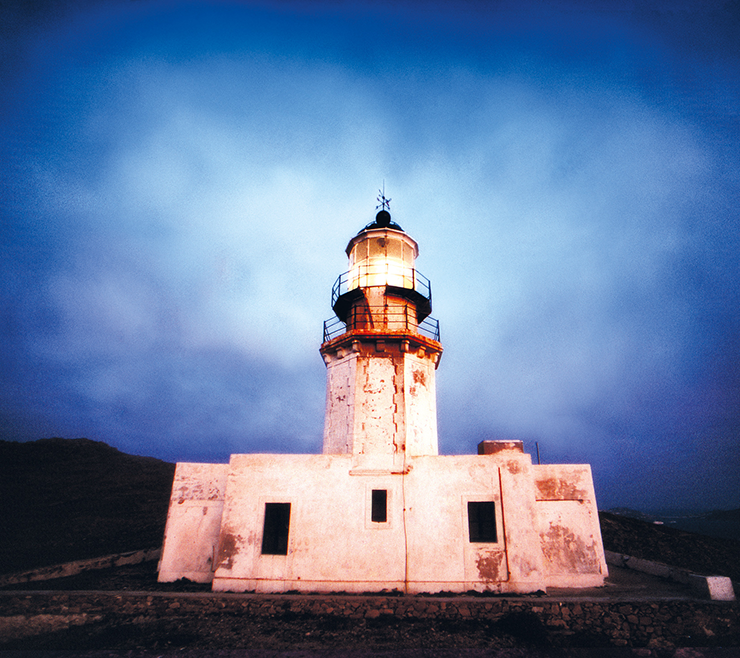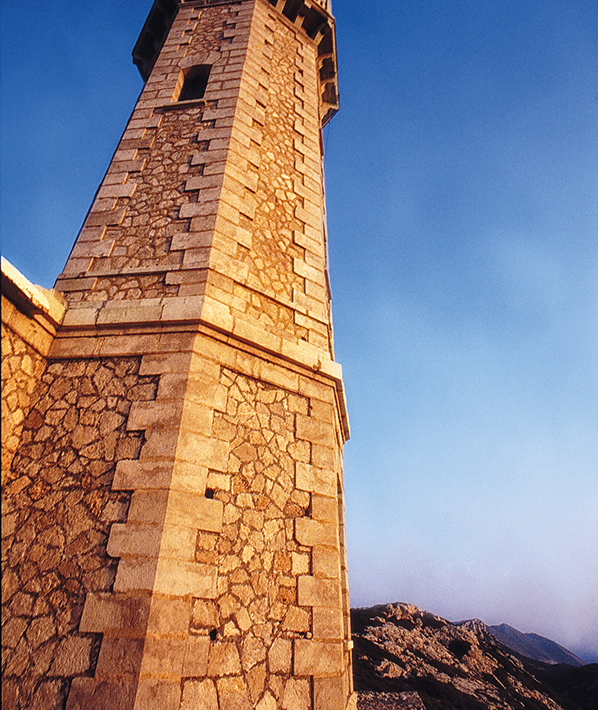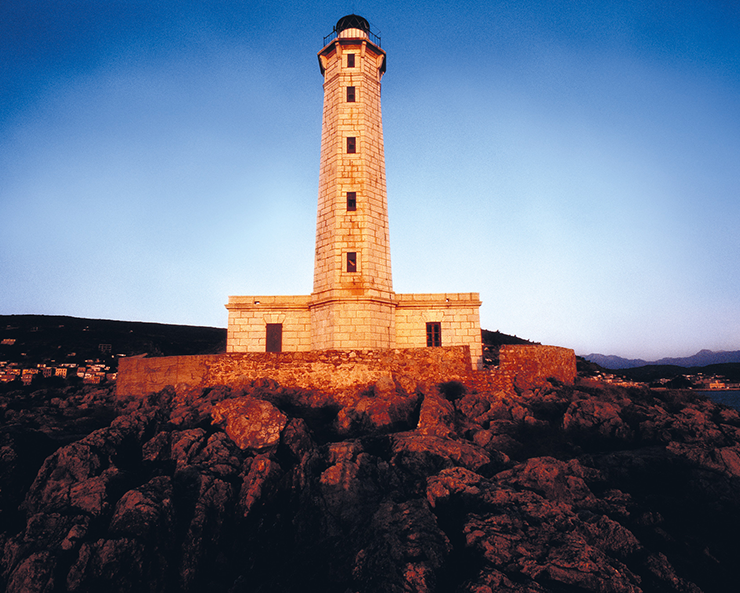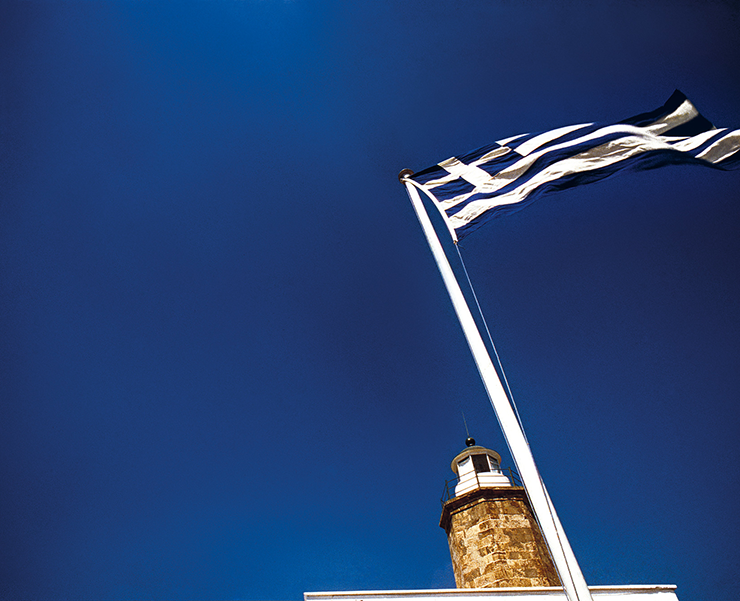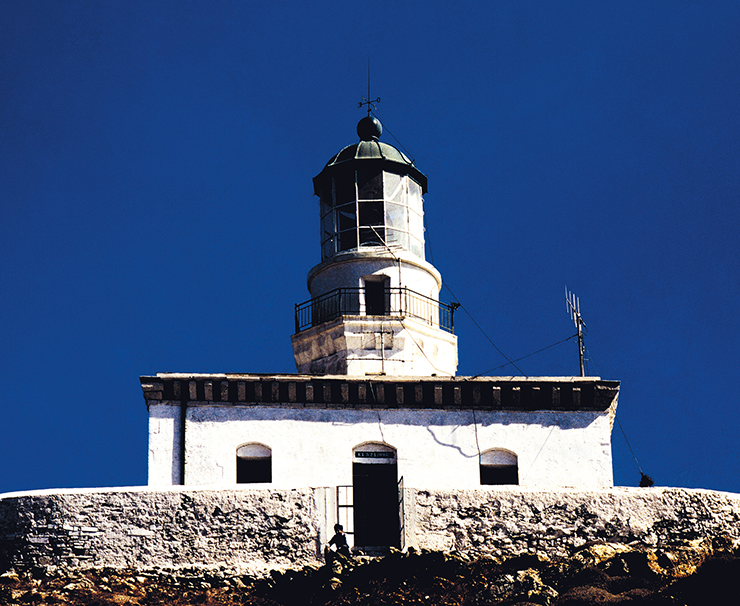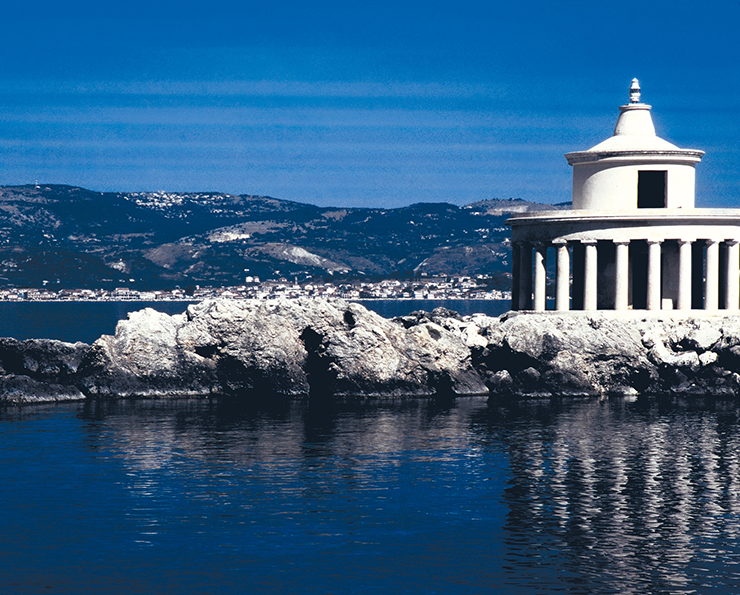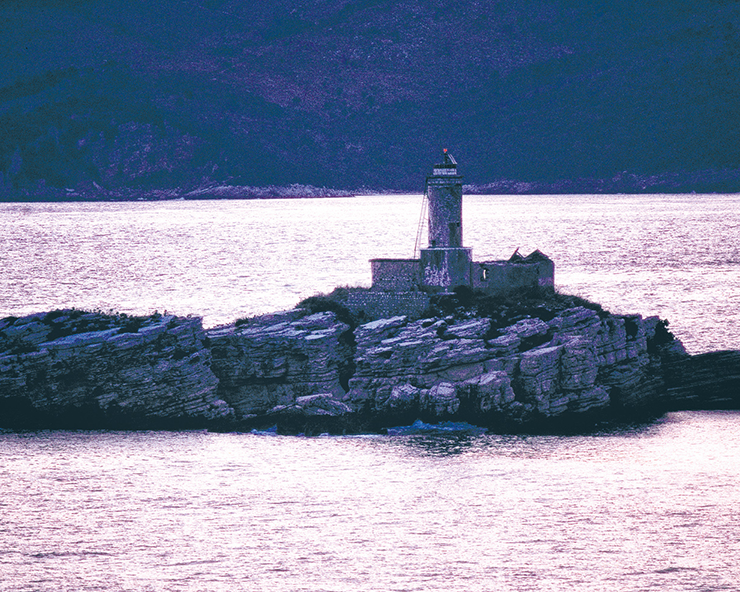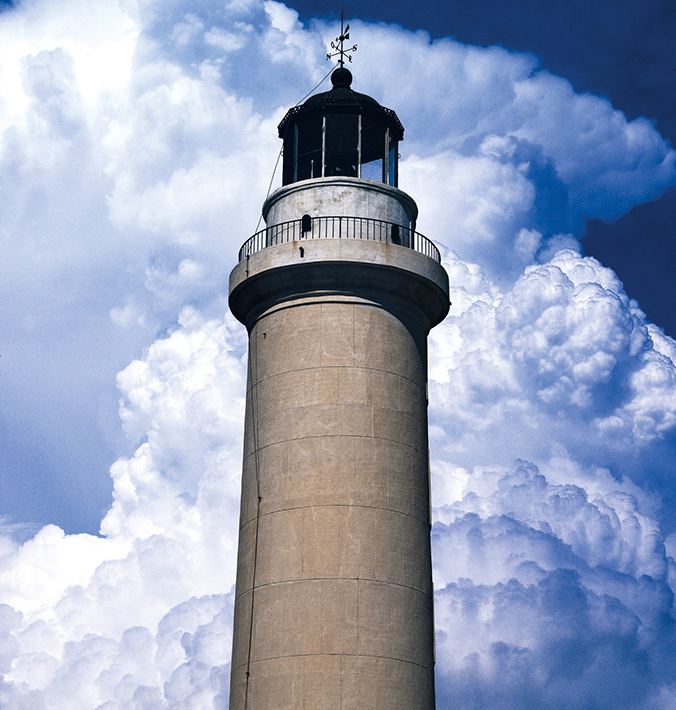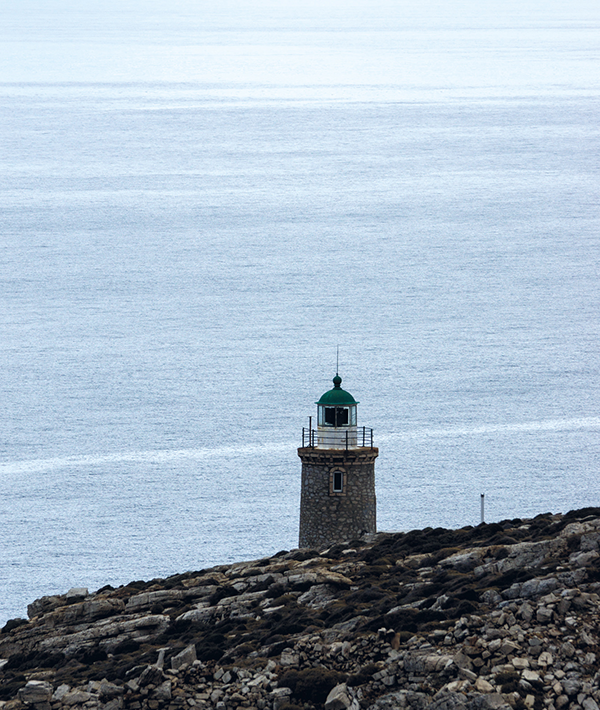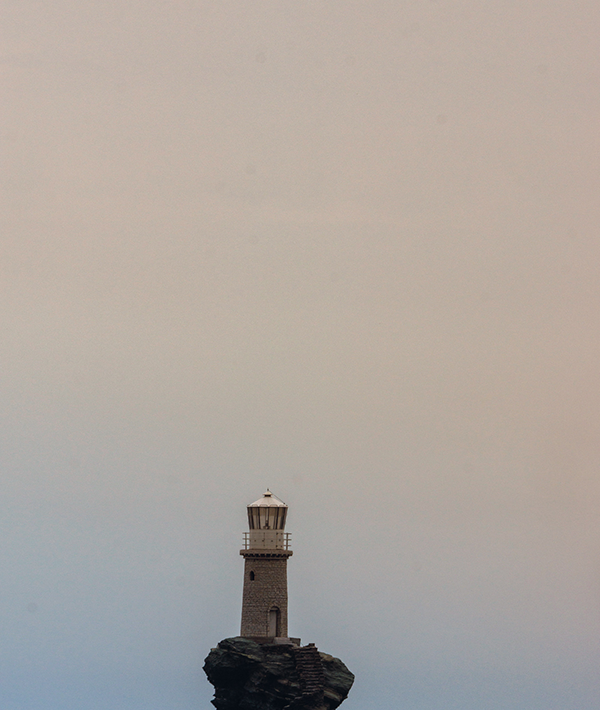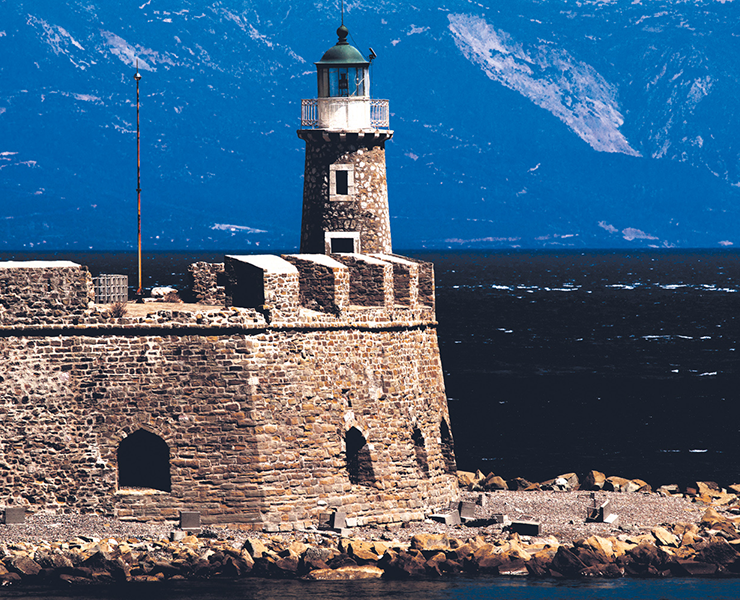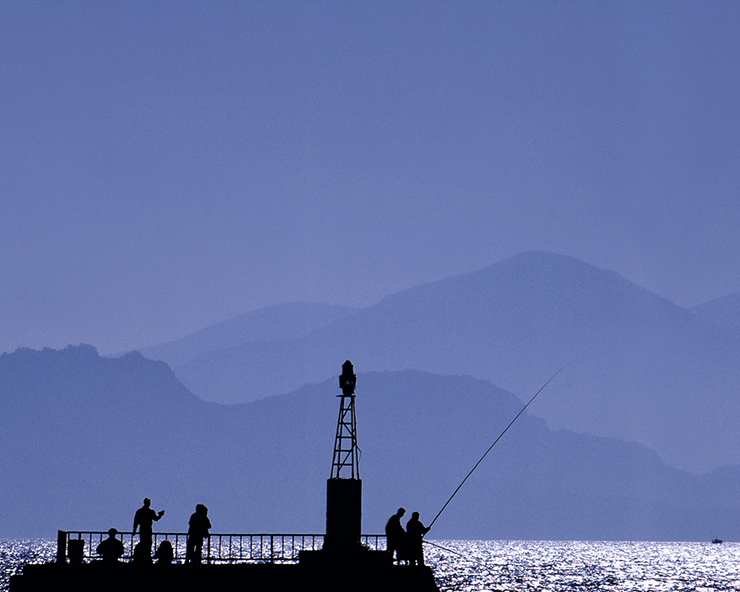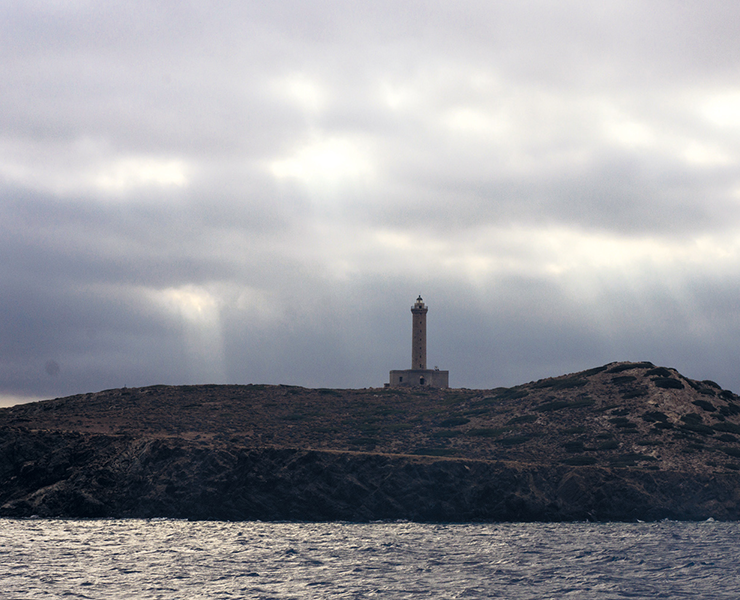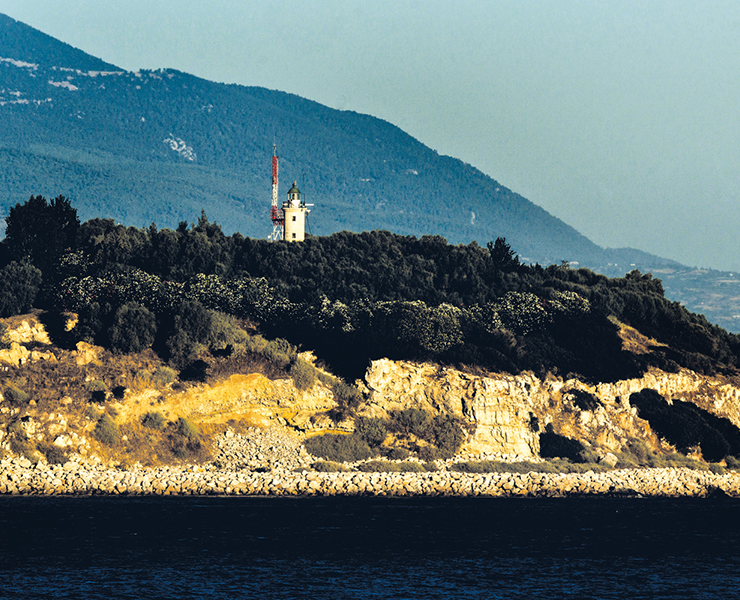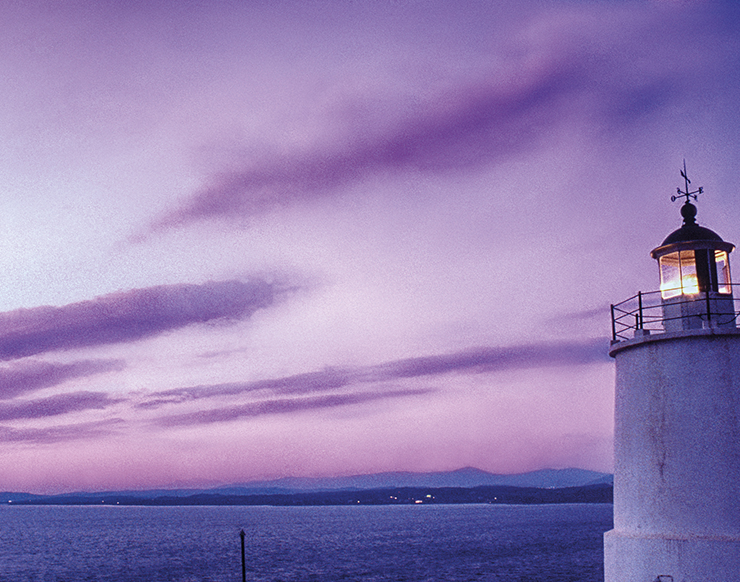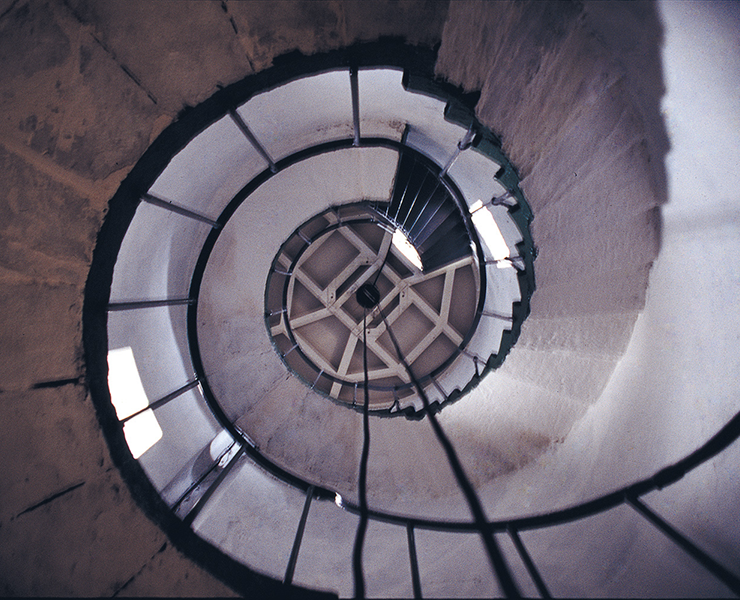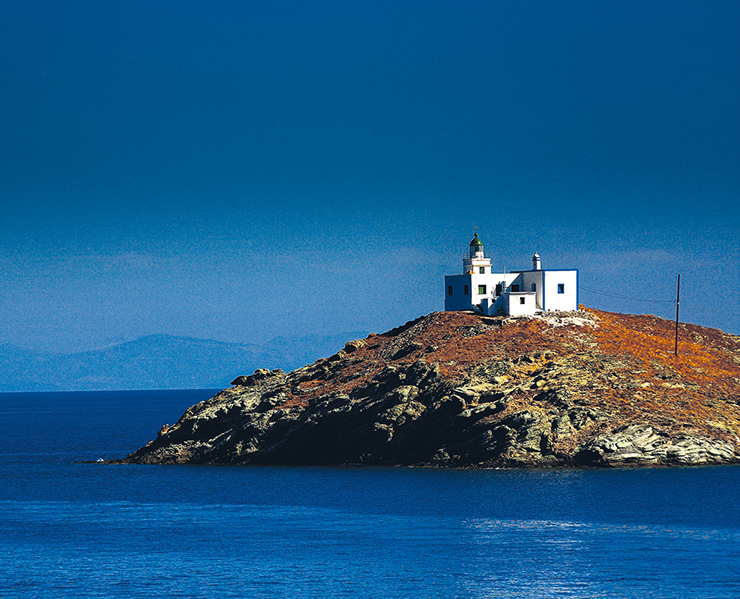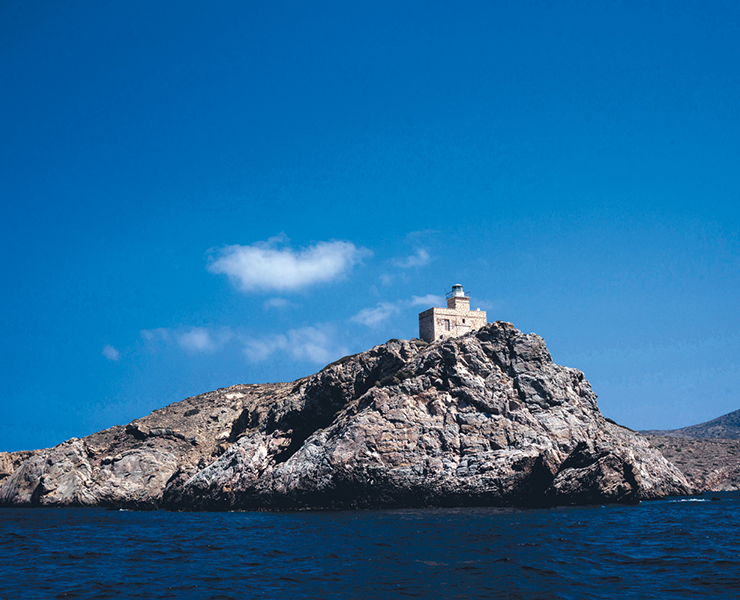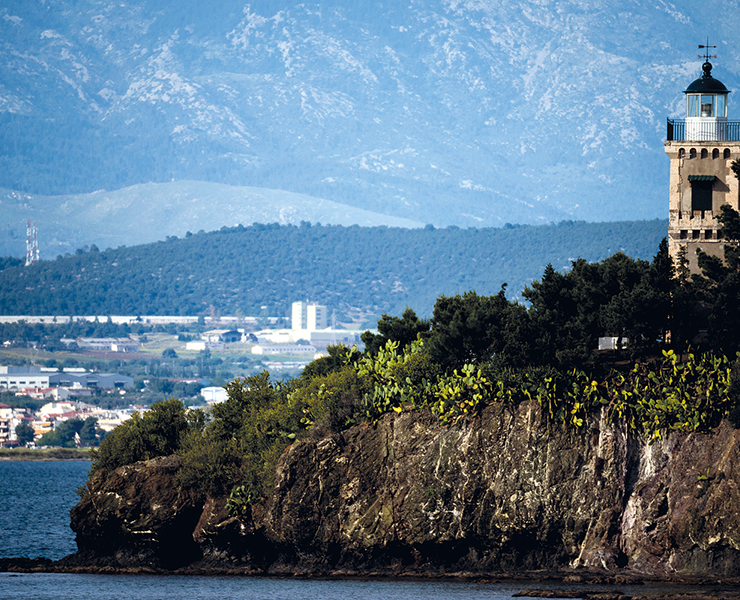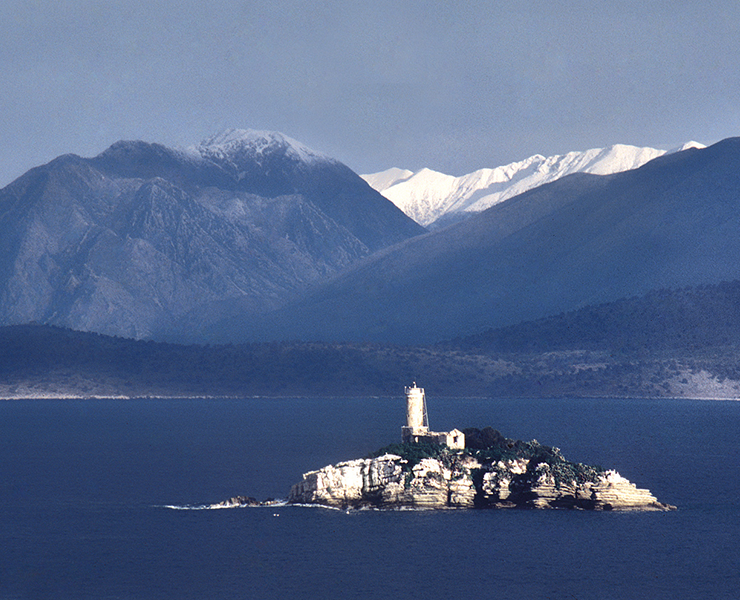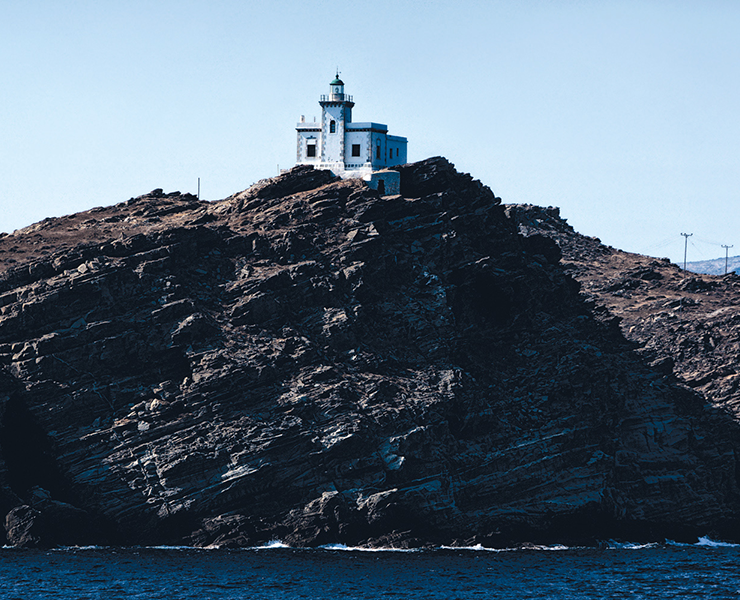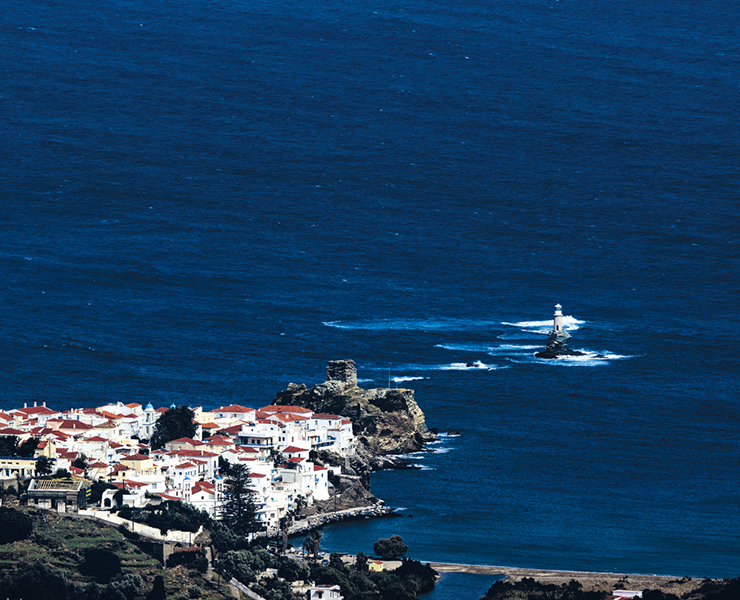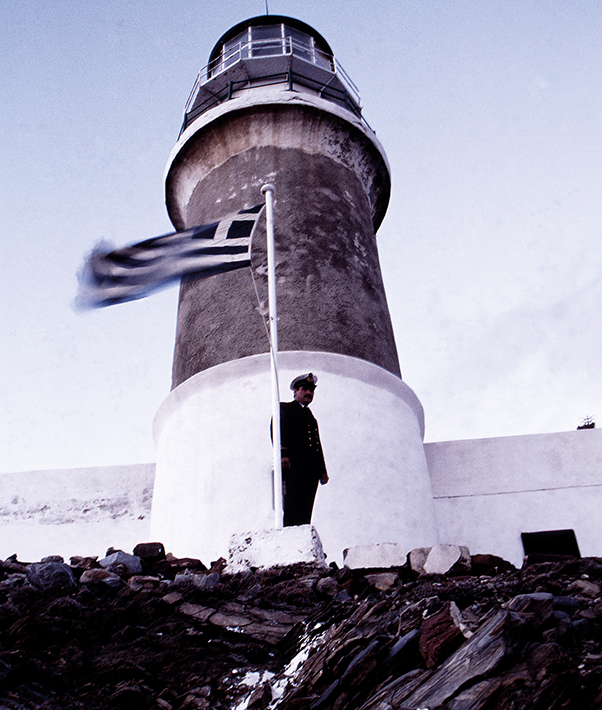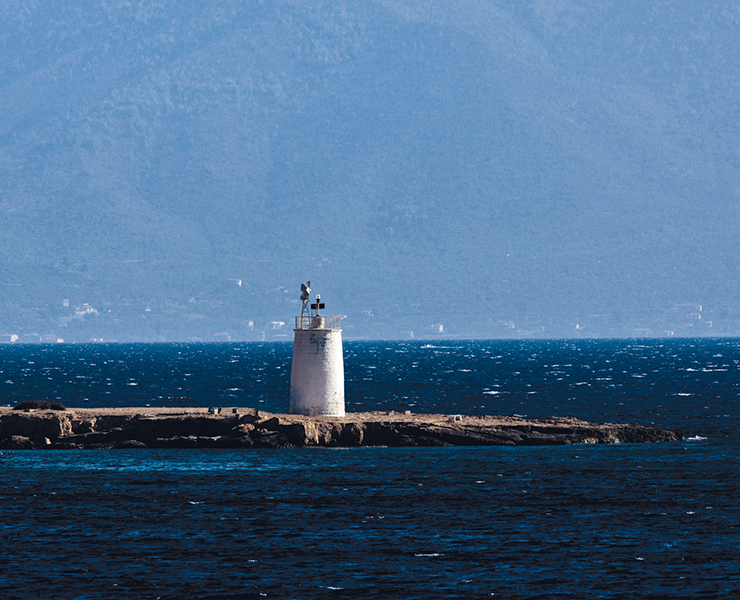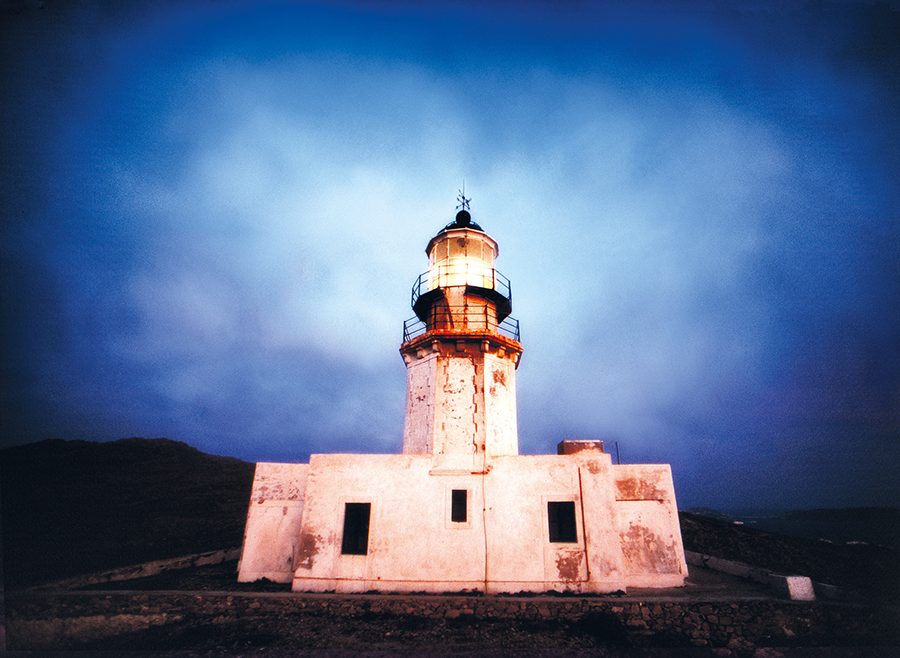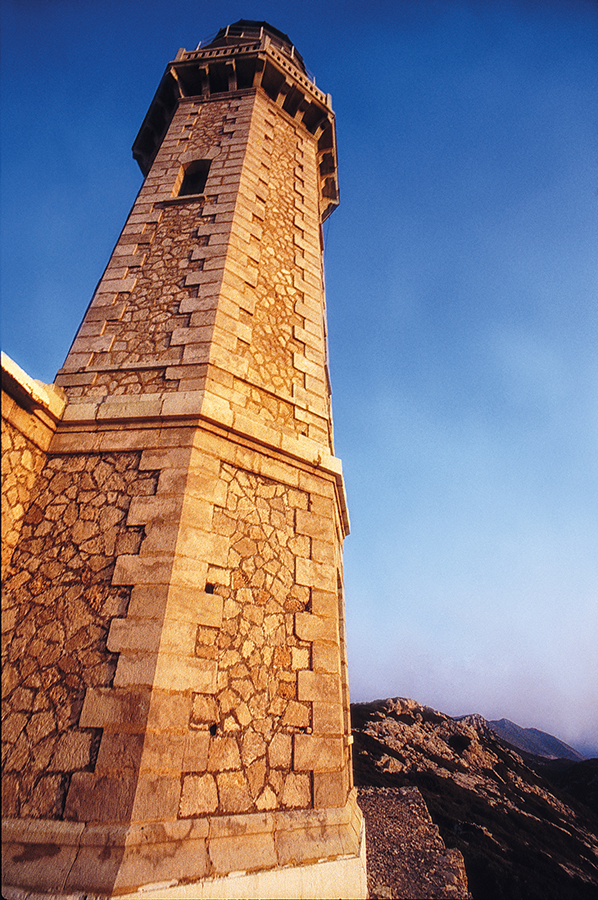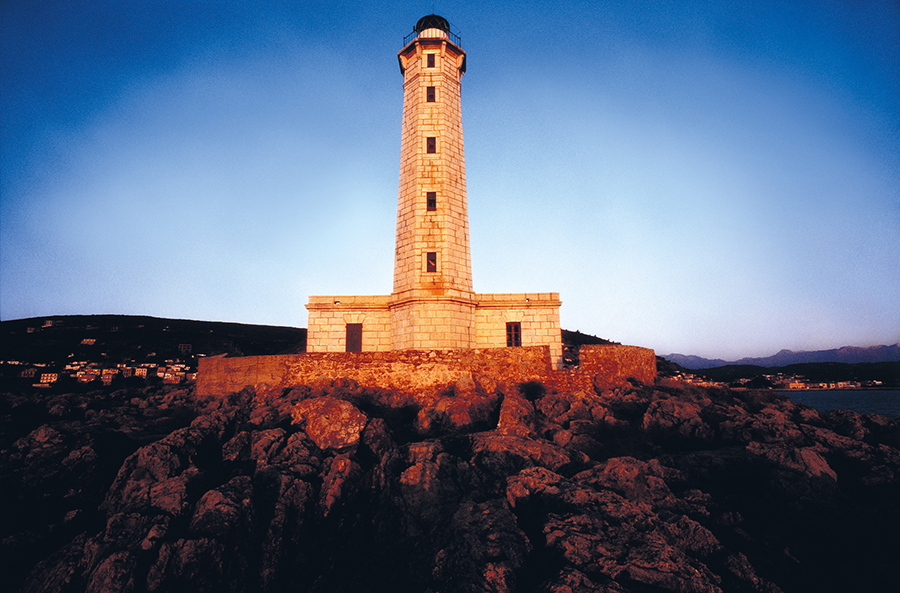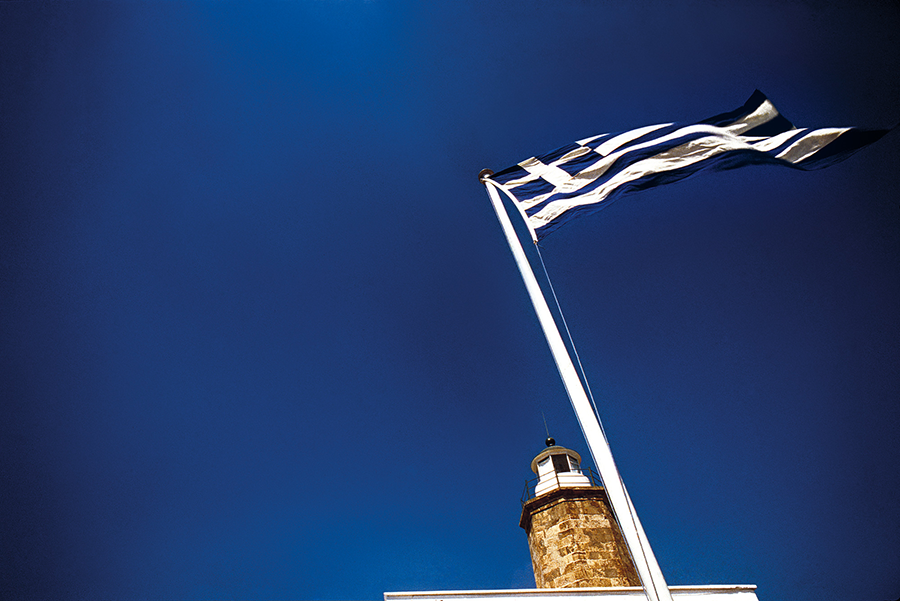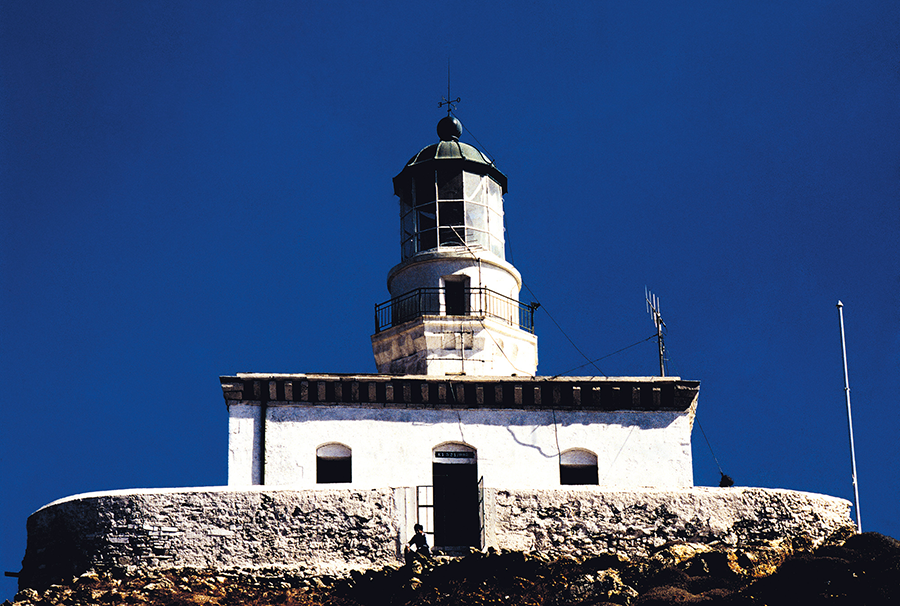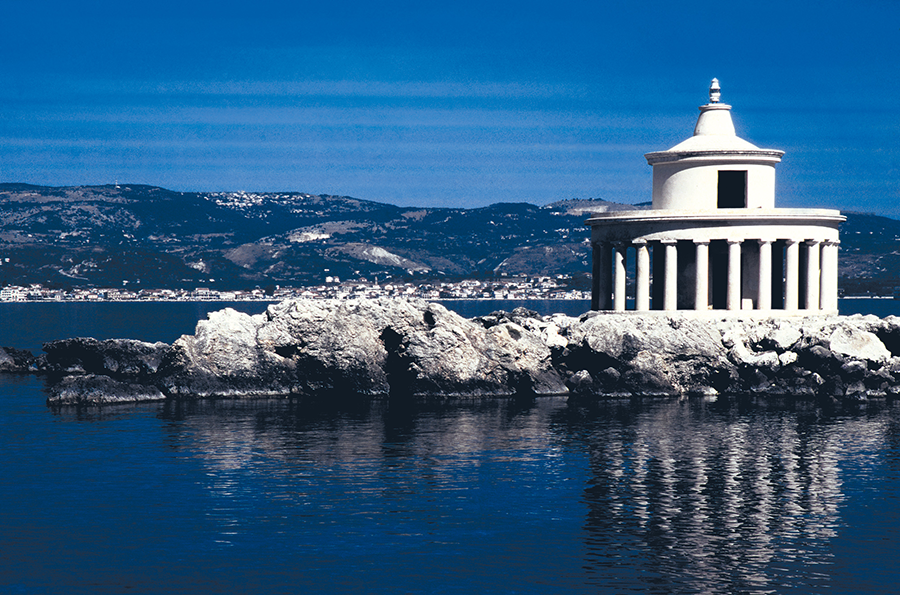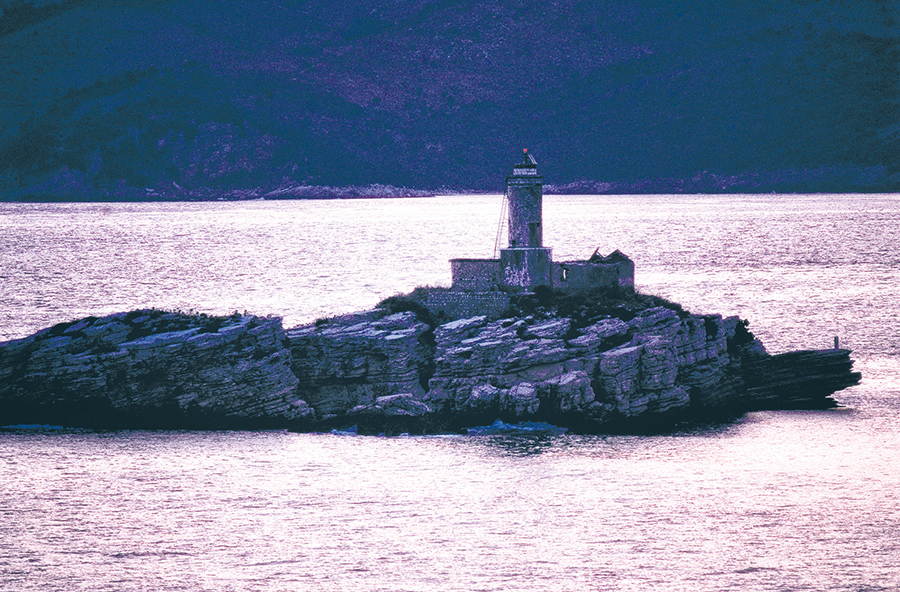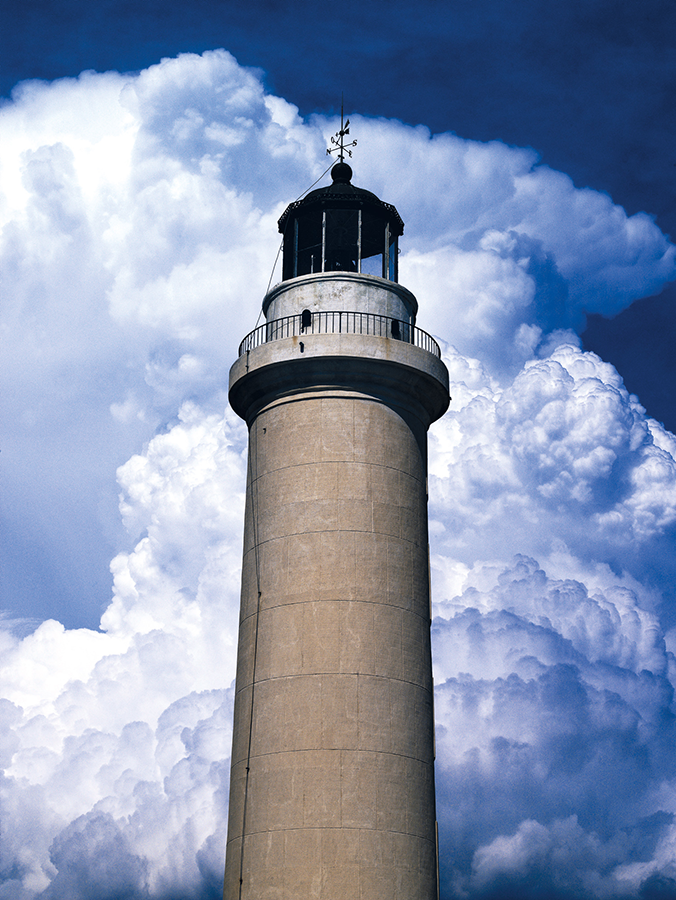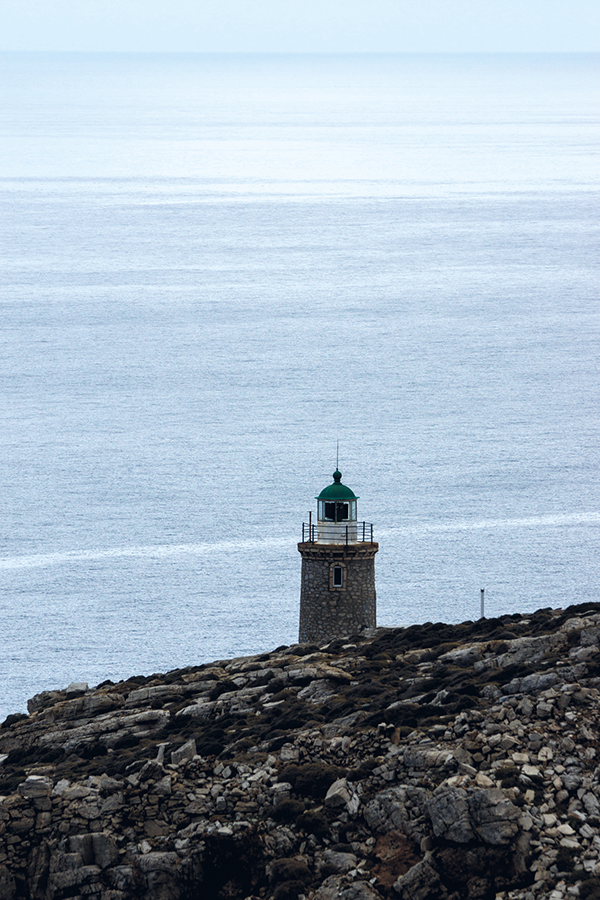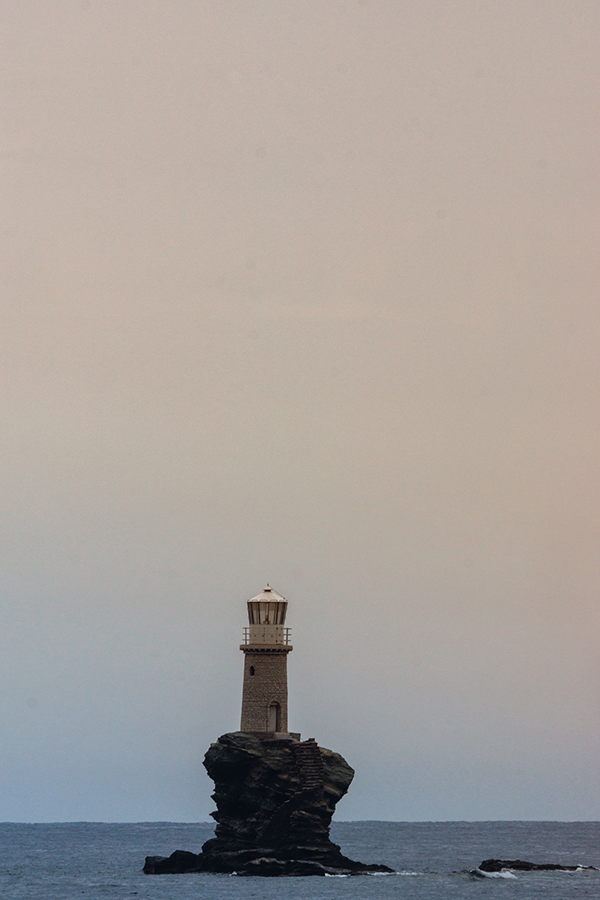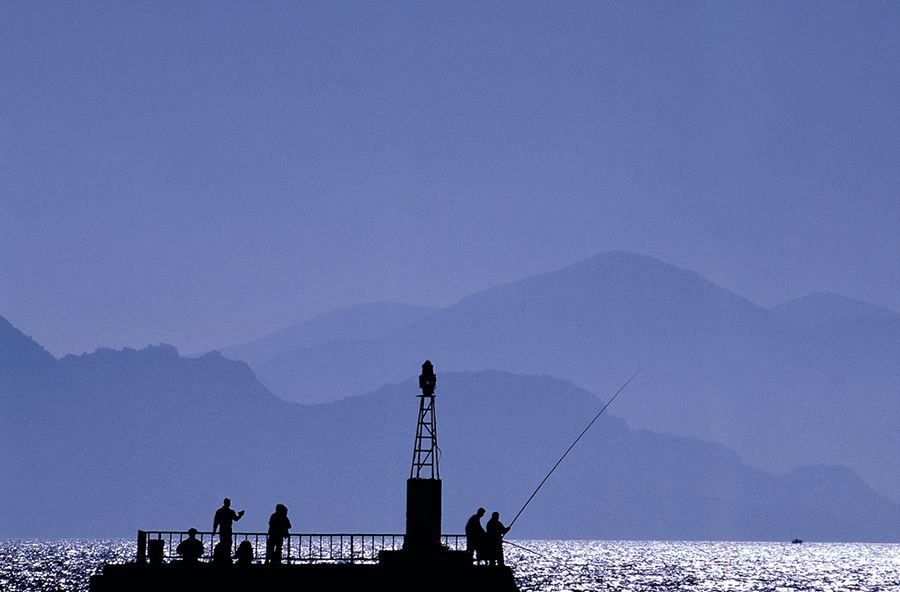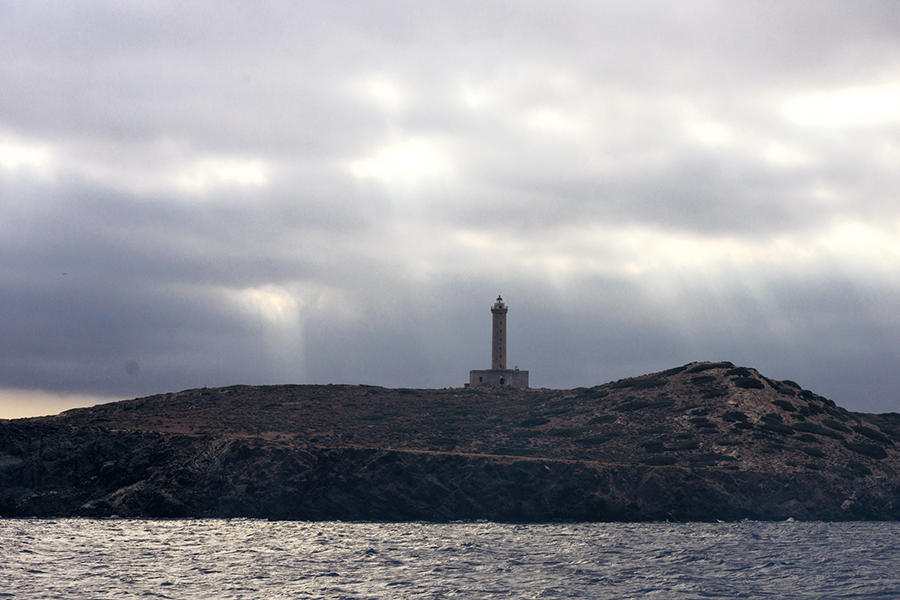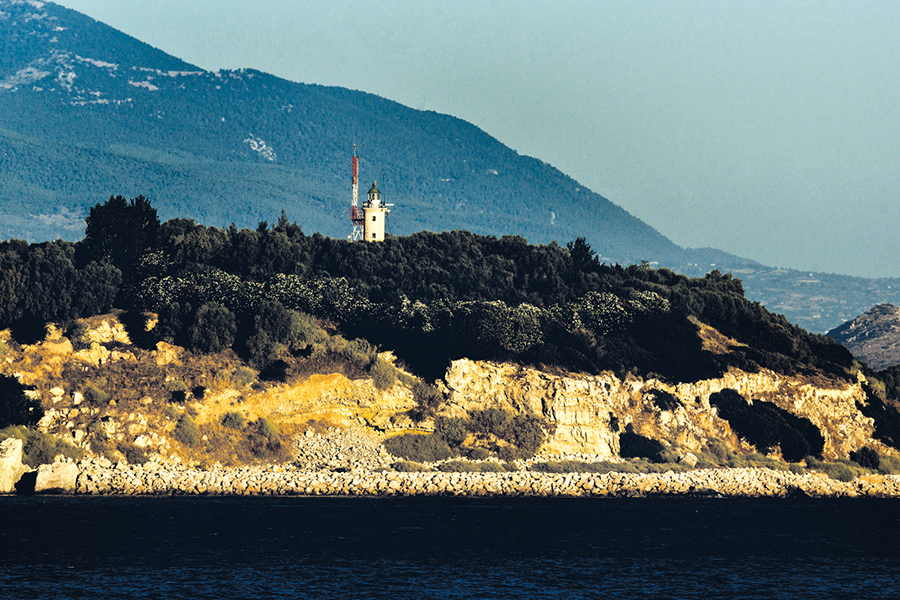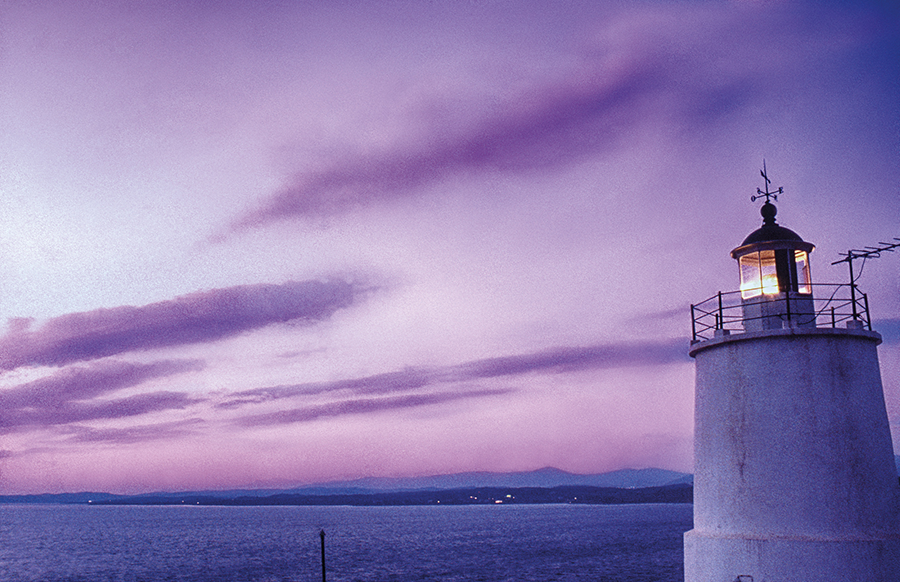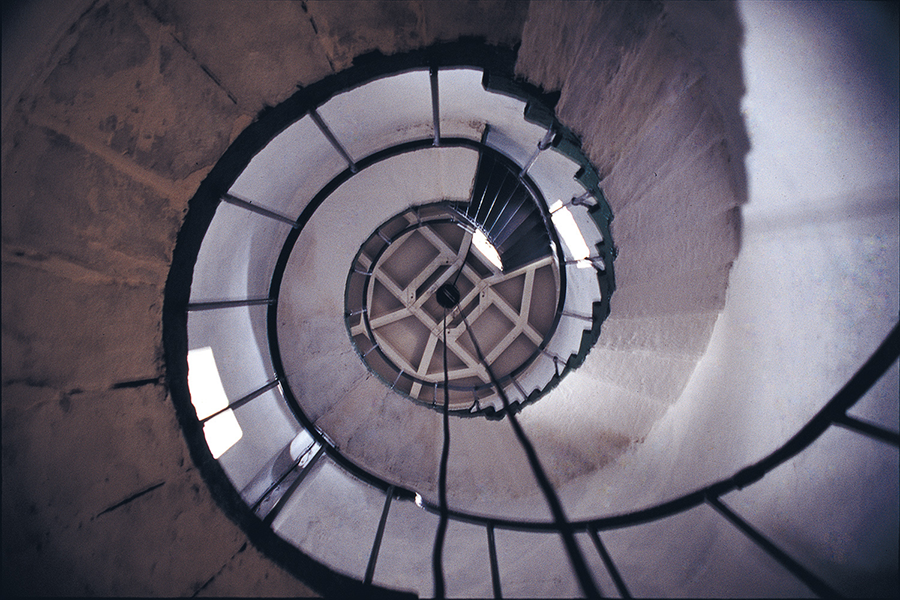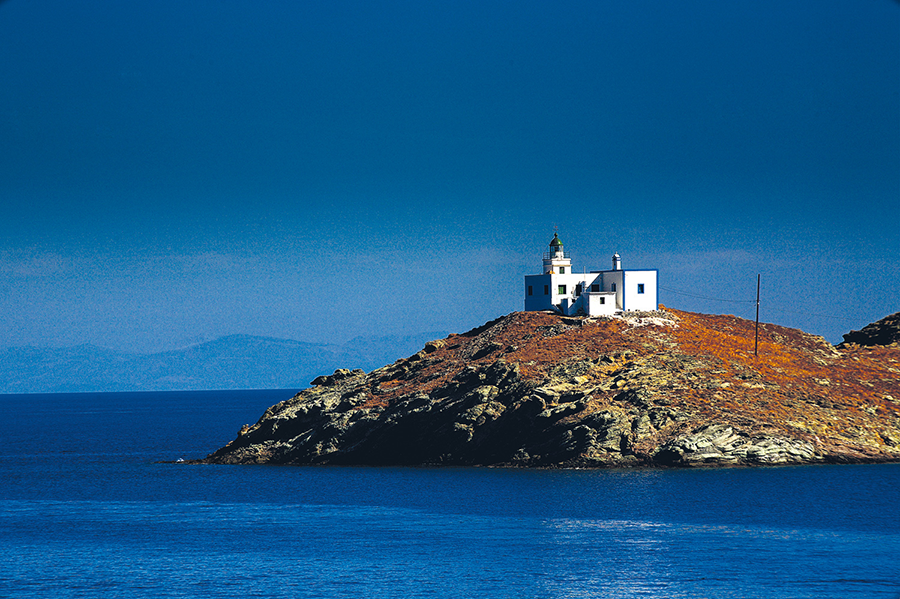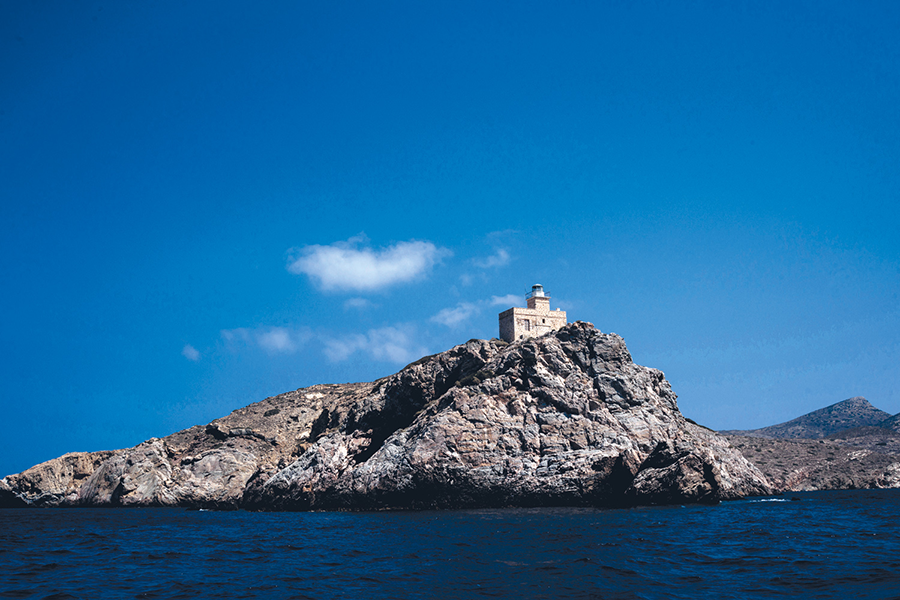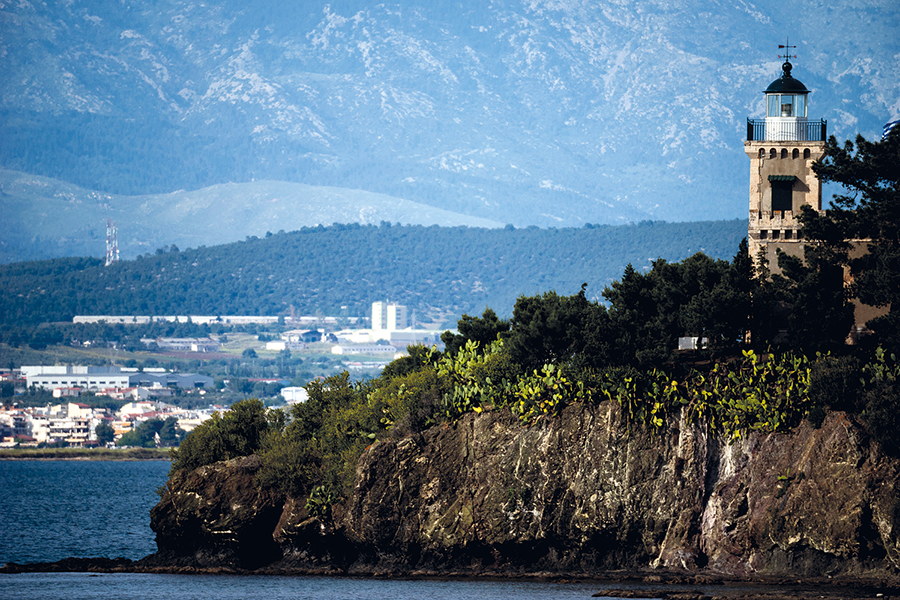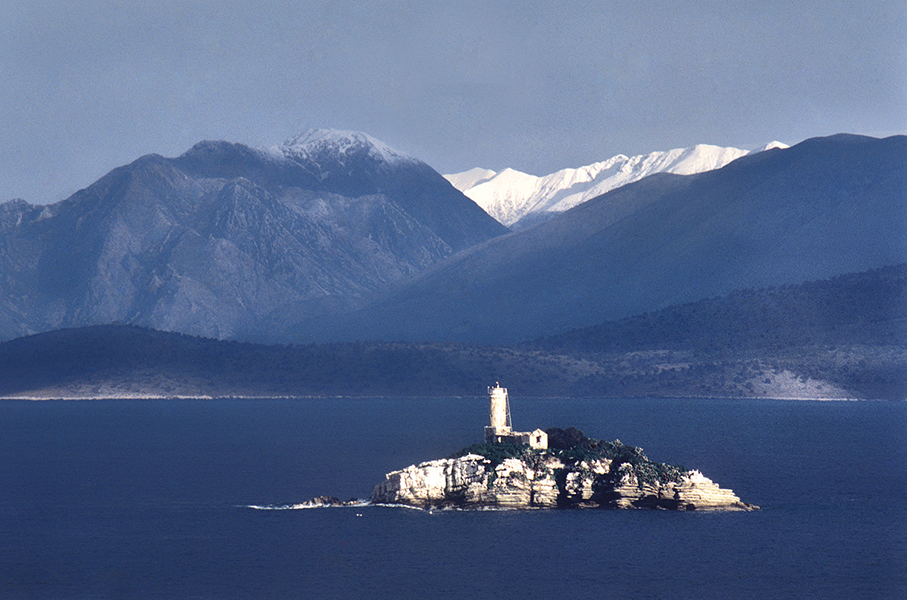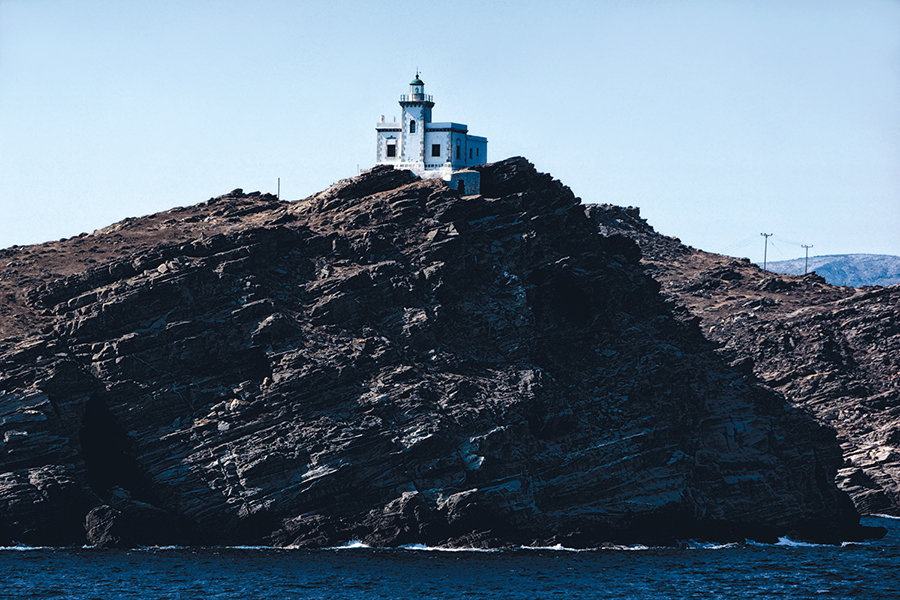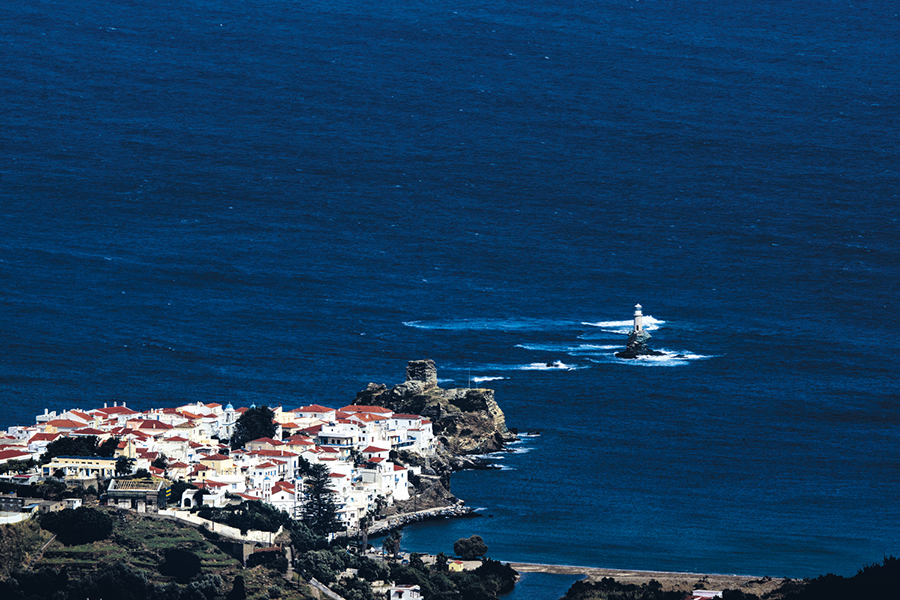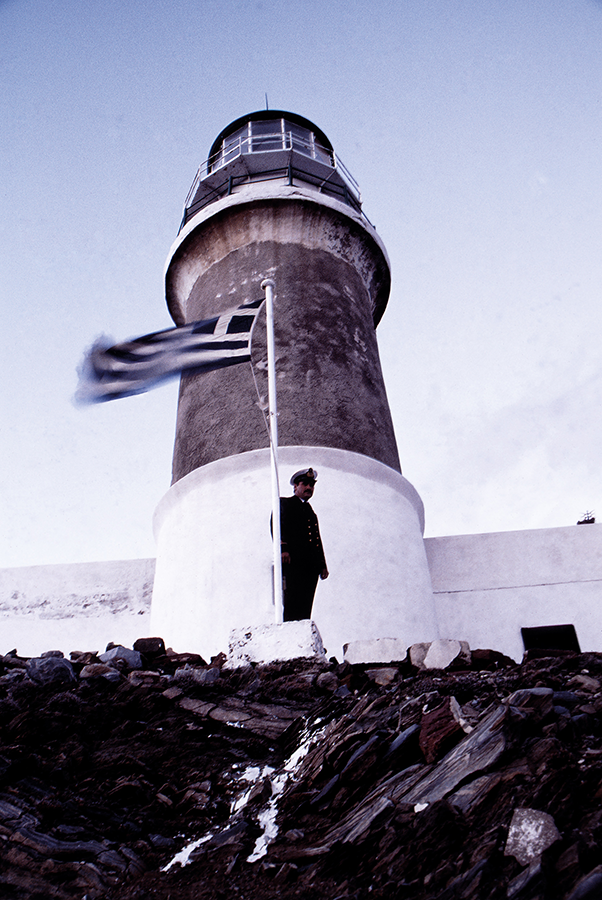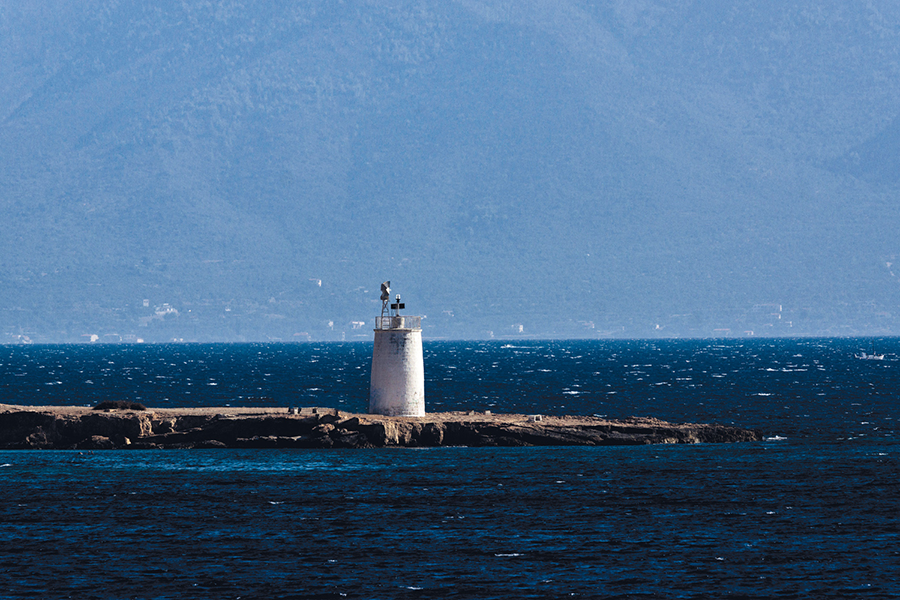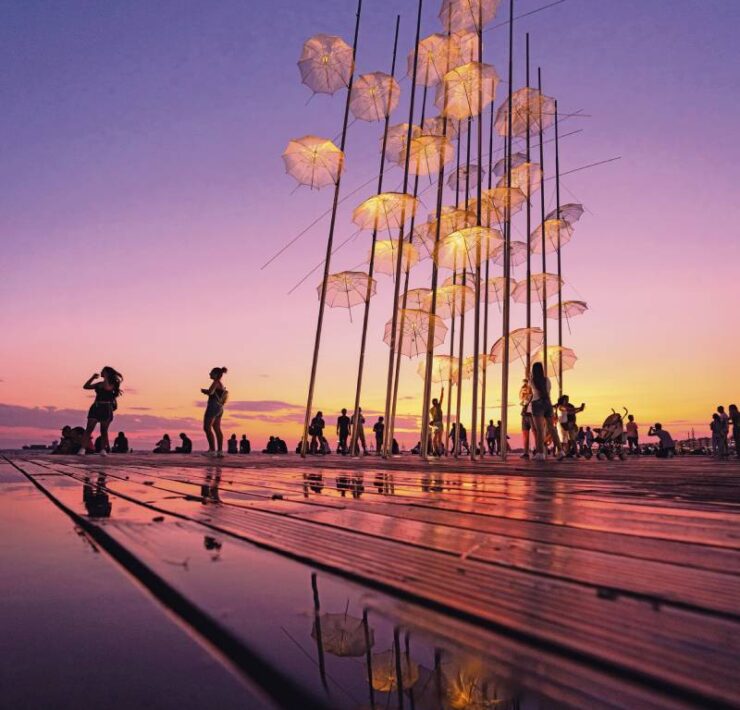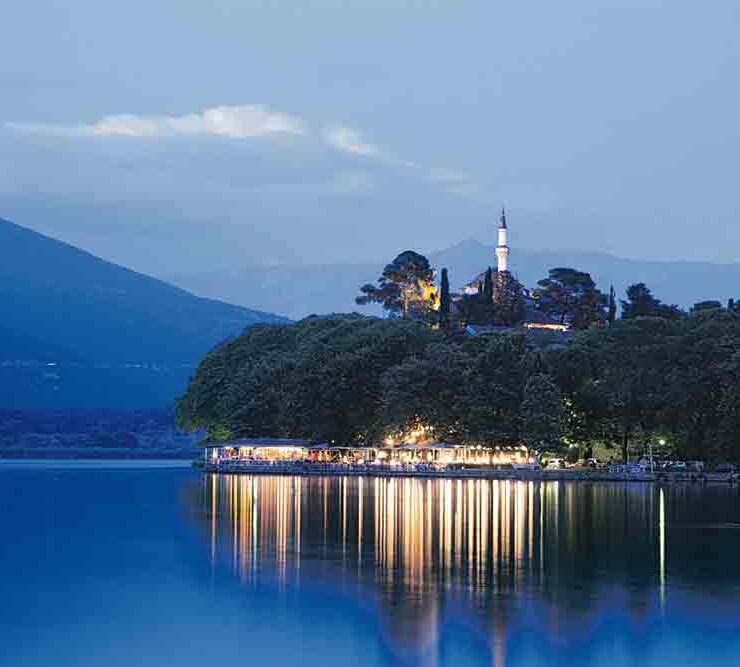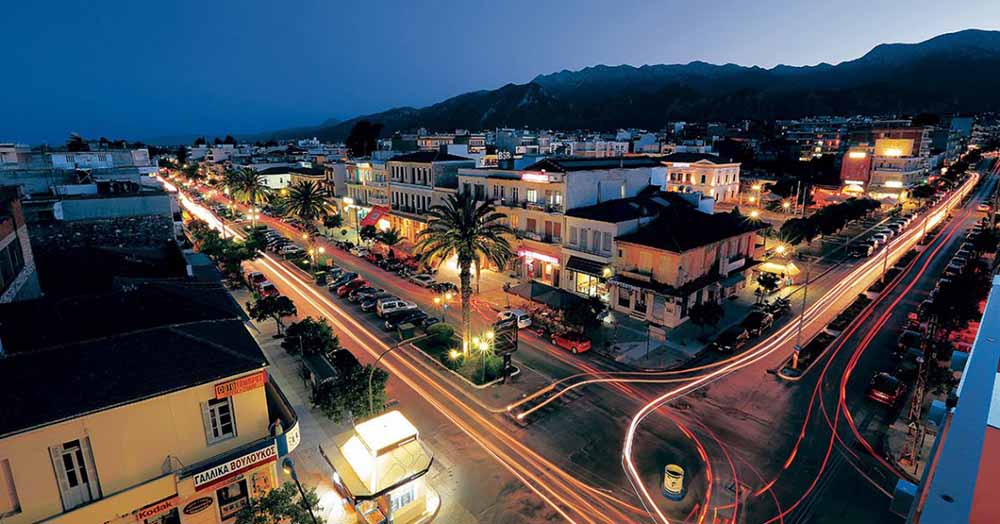Lighthouses of the Greek Seas
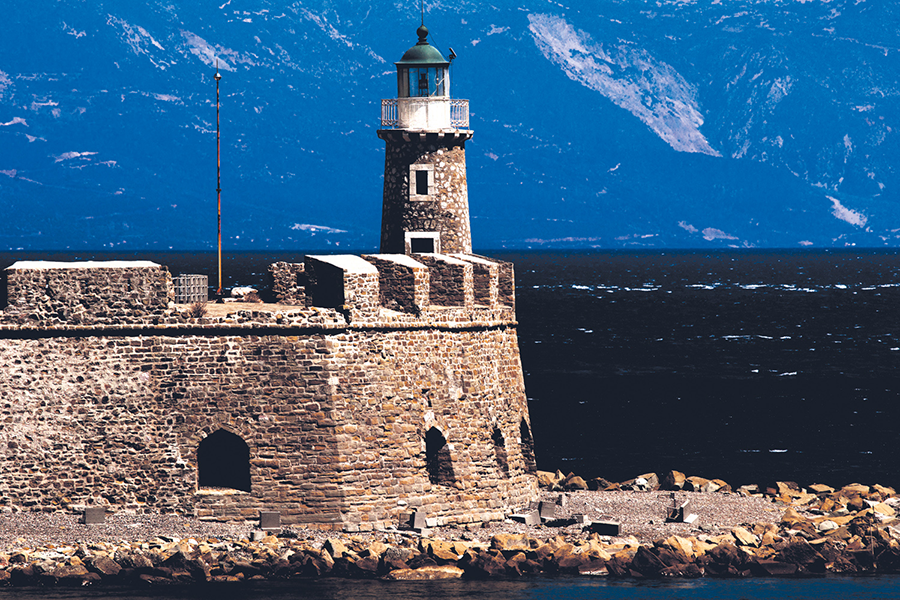
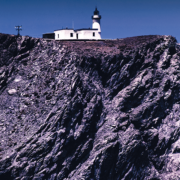
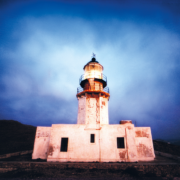
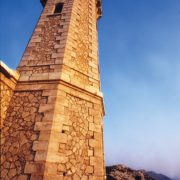
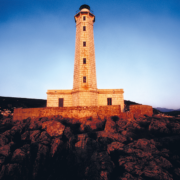 +24
+24 Lighthouses of the Greek Seas
«There is a strange magnetism in this light beam with the perpetual motion. There is the spirit and transcendence that the Lighthouse is a symbol of Good. There is the Lighthouse of Alexandria. The miracle». There is still a sense of loneliness, extreme power, a battle with the sea and a battle of survival and revenge in Julius Verne’s dark novel “The Lighthouse at the End of the World». There is also a novel by Virginia Woolf, that doesn’t refer to lighthouses, but bears the title «Until the Lighthouse». There is, after all, only the lighthouse on the other side…
From the first torch of the newly created Greek State at the port of Aegina at the small of church of “Saint Nicholas the Seaman” in 1829 to the present day, the evolution of lighthouses on the Greek coastline and islands has been rapid and closely related to the history of the Greek State.
The modern construction of lighthouses in the free and non-Greek territory begins in the 19th century by the French Company. In the context of reforms and modernization that happened in the Ottoman Empire after 1839, a company was created between the ministry of the Ottoman Empire and the French Company for the construction and maintenance of a network that needed to be created. The name of the company was “Administration generale des Phares de l’Empire Ottoman”.
Seventy five per cent of the company’s gross revenue was collected by its French member.
The first torch, called Lighthouse, was placed on the island of Gaidouronissi, in front of the port of Syros, emitting a constant 14-mile light to a 19-mile white flash.
This lighthouse, whose exact launch date is unknown, still remains the tallest lighthouse tower in Greece (at 29 meters). It was the first rotary lighthouse that started to operate in March 1855, on the island of Psitalia and the third in 1856 on the northeast Cape Fassa of the island of Andros.
After the end of the Balkan wars, our lighthouse network included lighthouses located in the new territories annexed by Greece. Until 1915, the mentioned French company maintained and build lighthouses which now belonged to Greece. In the spring of 1915, the memorandum of delivery was signed between the French company and the Greek state.
Today, the Greece’s network of lighthouses includes thousands of lighthouses scattered throughout the Greek coastline, islands and ports across the Greek territory.
Most lighthouses operated, until the 1990s, with the technique of oil gas and electricity.
Since then, their automation with solar power has also led to a gradual reduction in the number of people living in the lighthouses, the lighthouse keepers.
The lighthouses presented here are a few of the 80 that remain from the last century, with their characteristic operation, before undergoing technological upgrades and are part of our cultural heritage. These are monuments whose character is eloquently articulated in Article 1 of the Venice Charter: “The concept of a historical monument is not only covered by the architectural work, but also the urban or rural location that bears witness to a particular culture, an indicative development or a historical event».
This applies not only to great creations, but also to humble works that over time achieved cultural significance.
Technical support was provided by Dell with analog Contax RTS, RTS II, RTS III, Carl Zeiss lenses, Sony A900.A99.A77 digital cameras, Sony G. lenses as well as Hasselbladlunar, HasselbladHV, Sony-Carl Zeiss lenses, Carl Zeiss touit from Photometron.


